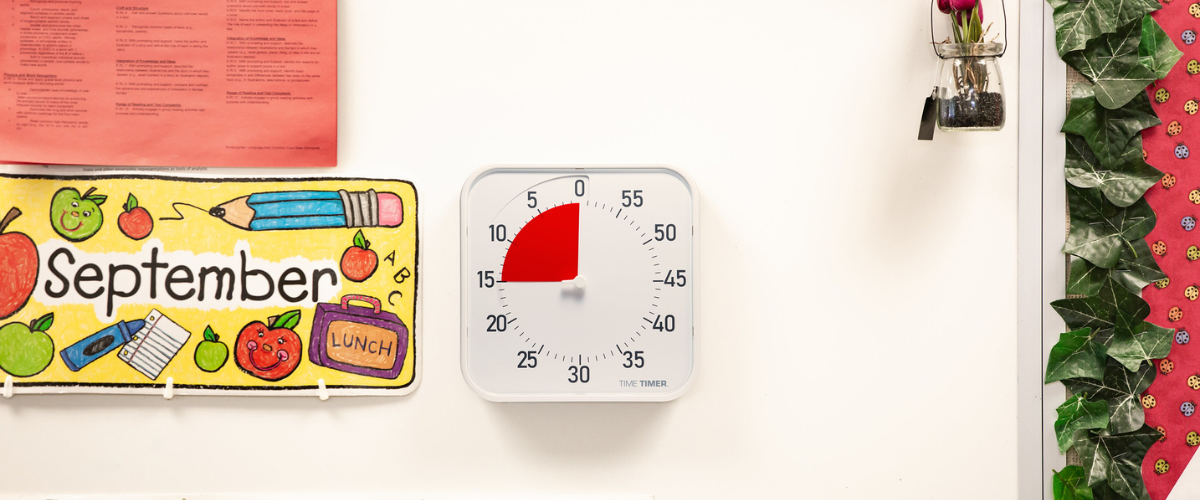Mental health is just as important as physical health, and it starts in childhood. According to the Centers for Disease Control and Prevention (CDC), about 1 in 5 children experience a mental, emotional, or behavioral disorder each year, yet many go without the support they need.
Research from the National Institutes of Health (NIH) shows that early interventions can make a significant difference. Children who learn emotional regulation and coping skills are more likely to thrive socially, academically, and emotionally. When kids build strong emotional foundations early in life, they're better equipped to develop resilience, self-awareness, and healthy coping strategies for navigating life's challenges.
Promoting children's mental health doesn't require big changes—it's about small, consistent actions. Creating calm routines, using visual supports, and modeling emotional regulation all help build a supportive environment for growth and learning.
Here are five simple ways to help nurture mental wellness in children.
Tips for Supporting Kids' Mental Health
1. Validate feelings
When your child shares their worries or frustrations, be present with them. Even if the issue seems minor to you, it may feel big and overwhelming to them. Phrases like "That sounds really tough" or "I'm here with you" can be comforting and grounding.
By acknowledging their emotions, you show children that their feelings matter and that it's okay to express them. This builds a foundation of trust where kids feel safe opening up about their emotions in the future.
2. Create consistent routines
Predictable routines reduce anxiety and give children a sense of stability and control. Structure helps kids navigate transitions more smoothly and feel prepared for what's coming next. Tools like visual schedules or a visual timer can make daily routines easier to understand and follow.
When routines are consistent, children can anticipate their day with more confidence, even when unexpected changes occur.
3. Model emotional regulation
Children learn how to manage emotions by watching the adults around them. Share your own coping strategies out loud. For example, you might say, "I'm feeling frustrated, so I'm going to take a few deep breaths to calm down." This shows kids that emotions are normal and manageable.
When children see you regulate your emotions, they begin to internalize these behaviors and build healthy coping strategies. It also strengthens your connection, as they see you prioritizing your emotional well-being.
4. Encourage movement and play
Physical activity is essential for both physical and mental well-being. Make time for movement every day, whether it's a quick dance break, a neighborhood walk, or a fun game of hide-and-seek.
Engaging in playful movement boosts mood and helps release stress, improve focus, and support emotional regulation. It also strengthens social bonds and gives children a healthy outlet for big emotions.
5. Practice gratitude together
End the day by sharing something you're both grateful for. This simple ritual helps children reflect on their day and build emotional resilience over time. Regular gratitude practice nurtures a more optimistic mindset and develops empathy and appreciation.
Supporting children's mental health doesn't require perfection, just intention. By making space for emotions, modeling healthy behaviors, and using tools like visual timers to support routines, we help children build the skills and confidence they need to thrive.
Time Timer is proud to offer tools that help bring structure and calm to everyday moments, empowering children to feel secure, capable, and ready for whatever comes next.
---
Jodie Martin is a freelance writer specializing in health and wellbeing, lifestyle, and parenthood. She is also an E-RYT 500 Registered Yoga Teacher, Ayurveda Yoga Specialist, and Three Wisdom Traditions wellness coach. Jodie lives in Asheville, NC.





